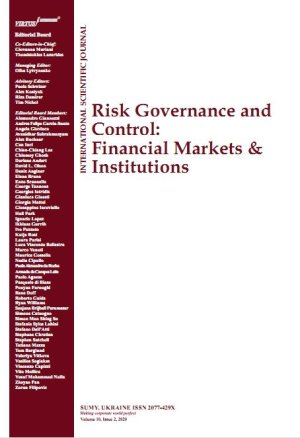
RISK, OPPORTUNITIES AND REASONS OF THE HOUSEHOLD DEBT CHANGES: THE CASE OF AN EMERGING ECONOMY
Download This Article
This work is licensed under a Creative Commons Attribution-NonCommercial 4.0 International License.
Abstract
In the past decades, household debt in both developed and developing countries have been increasing. With an increase in the standard of living, household debt is also bound to increase. This paper examines the cointergation and causal link among household disposable income, household savings, debt service ratio, lending interest rate, consumer price index and household debt in South Africa. An Autoregressive Distributed Lag and Granger causality techniques was used to analyse data collected from the South African Reserve Bank and Quantec from 1984 to 2014. The results of Autoregressive Distributed Lag test revealed cointegrating relationships between household debt and debt service ratio as well as household debt and lending interest rate. However, there is no long run cointegrating relationship between household disposable income, household savings and consumer price index with household debt. The Granger causality results revealed that household disposable income, household savings, debt service ratio, lending interest rate, consumer price index do Granger cause household debt in South Africa. Policy makers should thus target these variables in order to reduce household debt in South Africa.
Keywords: Household Debt, Household Disposable Income, ARDL Model, South Africa
How to cite this paper: Seane, S., Mah, G., & Saah, P. (2016). Risk, opportunities and reasons of the household debt changes: The case of an emerging economy. Risk governance & control: financial markets & institutions, 6(4-1), 207-215. https://doi.org/10.22495/rcgv6i4c1art10



















